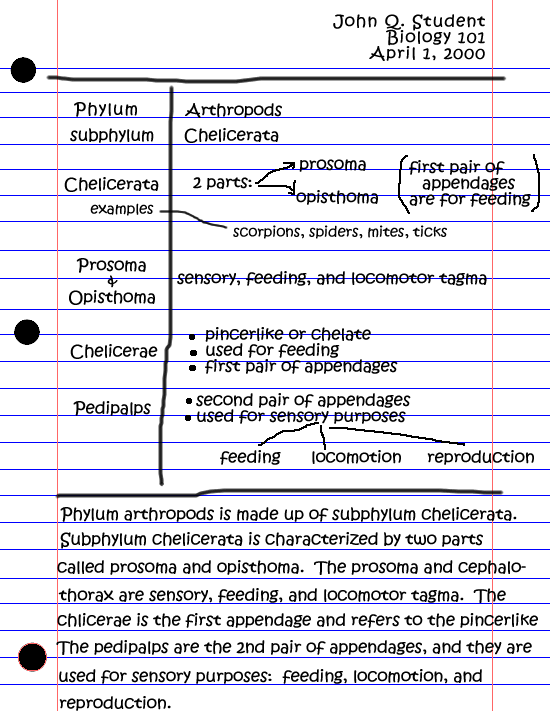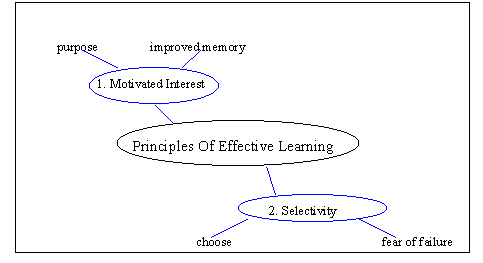Gr. 9 Learning Strategies
Guiding Questions
-
What is note-taking all about? Why bother taking notes?
-
What are the sub-skill sets for note-taking?
-
How are these sub-skills useful in other aspects of education?
-
What are some ways of building these skill sets?
What is Active Listening? How is it related to Note-taking?

Class Discussion:
1. What does it mean to "actively listen"?
2. What is the process or stages of "actively listening"?
3. How is "active listening" related to note-taking?
How Effective Are Your Active Listening Skills?

Please take the quick survey to determine your strengths and needs as an active listener. You will be given a piece of chart paper to record the results of the five dimensions. Please be ready to share your findings with the class.
Examining the Five Dimensions of Active Listening:
AI. MI. PE. OI. SI
On the padlet below, for one of the five dimensions of active listening, describe a time when you did this well and a time when you did this poorly, and explain why it is important during note-taking. We will then discuss your responses as a class.
But How Do We Engage in Active Listening?
In groups, you will be assigned a task (recorder, timer, director) recognizing that all group members are contributors. Please write out the five dimensions of active listening. Under each dimension identify strategies/methods/tips to engage these skills. For example for ORGANIZING INFORMATION one could identify the following: paraphrase information, ask clarifying quesitons, list categories, find main ideas....Please be ready to discuss your ideas with the class

Let's look at the following graphic. For each section we will discuss how this applies to the classroom.
Practicing Active Listening: Part 1
While observing the following video, we will identify some of the techniques used to actively listen. Then we will arrange ourselves into two circles (inside-outside) and each pair will be given a scenario to enact and engage in active listening.
Practicing Active Listening: Part 2
Your teacher will be presenting a "lecture" you will be required to actively listen. A debrief and will follow the lesson/lecture. From this "lecture" we will then discuss how to "pick out main ideas" and what some of the best ways to arrange those ideas on paper are.
Organizing Our Notes
Examine the following three examples of note-taking. With the sticky notes provided, identify an advantage and a disadvantage for each note taking style. We will discuss your ideas as a class. Also think about how each of these note styles fit in with our discussion of identifying main ideas and active listening.

Style #1---Cornell Notes

Style #2---Three Column Notes

Style #3---Mind Mapping Notes
Practicing Note-taking
For the next few lessons we will be practicing each of these types of note taking. Please remember that you are developing these skills and at this point you are building toward master. We will be assessing each of your attempts to help provide you will feedback so that you can reach master.